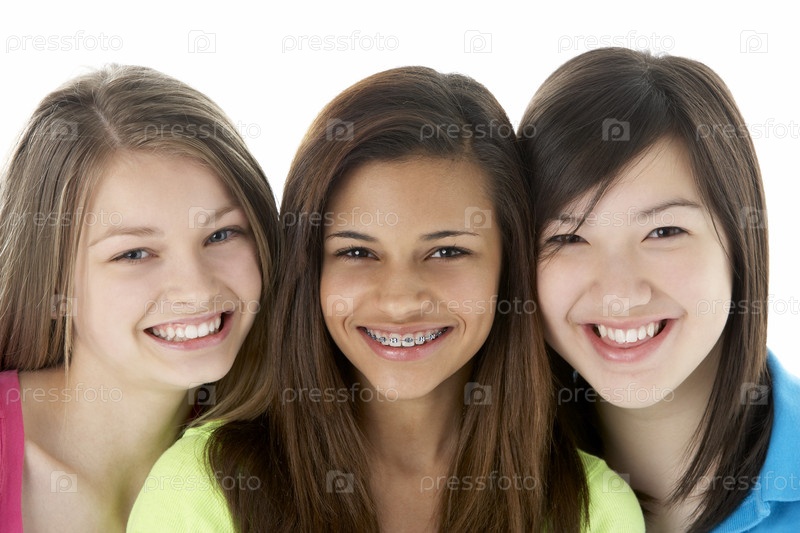For adolescents who are growing quickly and staying active, back braces are the best non-surgical treatment option for scoliosis.
Scoliosis, or curvature of the spine, affects 3-4% percent of all children in different variations of severity. The goal of an orthotic clinician is to help the patient avoid surgery by providing treatment that’s both effective and non-invasive, to keep the individual active and not hinder their childhood. The key to warding off surgery and the associated recovery period is utilizing a spinal orthosis as recommended by the treating physician and orthotist.
Treating Scoliosis in Kids & Teens without Surgery
Doctors who treat young, rapidly growing scoliotic patients first monitor the patient to see if their spine curvature reaches into the 25 to 40 degree range. If so, a back brace for scoliosis is often prescribed. The patient will be referred to an orthotist who will measure the child for a custom scoliosis brace. It is critical that this be implemented while the child’s spine is still structurally immature.
Keep in mind that braces do not typically correct the existing curvature, but primarily aim to prevent its worsening. A recent study of back braces used in young scoliotic patients found that the longer a patient wore a brace, the less likely they were to experience curve progression. This particularly study cited a 90-93% success rate for stopping curve progression. Only if the spinal curvature continues to develop as the child ages will spinal fusion surgery become recommended, so the best bet is to stop the curve progression via a back brace for scoliosis treatment before surgical intervention is necessary.
One of the biggest obstacles teens must overcome in order to realize successful brace outcomes, and avoid surgery, is getting over the awkward outward appearance of the brace. Brace comfort, how it effects clothing fit, and the logistics associated with wearing a brace all may be attributed to non-compliance issues seen in younger individuals. The orthotist understands these concerns and works hard to make the whole experience as pleasant as possible for the individual.
When assessing a young child or teen, a family orthotist is sensitive to how important self-image and self-confidence are as children grow and develop. As a back brace for scoliosis treatment is prescribed, they will offer the least cumbersome and least visible option possible that can successfully treat the child’s condition. The user can even contribute to their own brace design by selecting custom colors & patterns to use in place of the traditional white plastic style. There are several models and styles available to meet every adolescent’s medical and mobility needs.
Back Brace Solutions for Kids & Teens with Scoliosis
The three braces most commonly used to treat scoliosis are the Boston, the Total Contact TLSO, and the Charleston Bending Brace.
- The Boston Brace or “underarm” brace is used to treat the most common form of adolescent idiopathic scoliosis (AIS), indicated by a “S” shape or double curve impacting the thoracic and lumbar regions of the spine. The Boston Brace is a custom molded structure made of plastic that incorporates specially placed pads and rotational force couplings to actively and passively straighten the spine. It is generally prescribed to wear 23 hours a day. For active adolescents, it can be removed for activities such as running or swimming.
- The Total Contact TLSO (Thoracic-Lumbo-Sacral Orthosis), also known as the Wilmington Brace or a body jacket, is an alternative to the Boston Brace that can also be worn up to 23 hours a day, but employs different biomechanical principles for spinal correction. The Total Contact TLSO is arguably easier to fabricate and decreases the “guess work” involved in the Boston’s pressure and pad placement. The total contact brace requires a skillful casting technique where corrective forces are applied manually by the clinician while the fiberglass cast sets. As with the Boston Brace, it can be removed when participating in sports activities.
- The Charleston Bending Brace is the ultimate in stigma avoidance, as it’s only worn at night. Molded to the patient when they’re bent to the side, the Charleston Bending Brace can apply more pressure than other braces, as the sleeping patient is in a non-weight bearing posture. Most growth in teens happens at night during sleep, making this type of brace just as effective as the back braces worn 23 hours a day.

There is a complex array of decisions confronting parents whose child has scoliosis. Both clinical and psychological factors need to be considered. But the key to a positive outcome is consulting early with an orthotic clinician skilled in diagnosing and treating AIS in active adolescents.



No comments:
Post a Comment